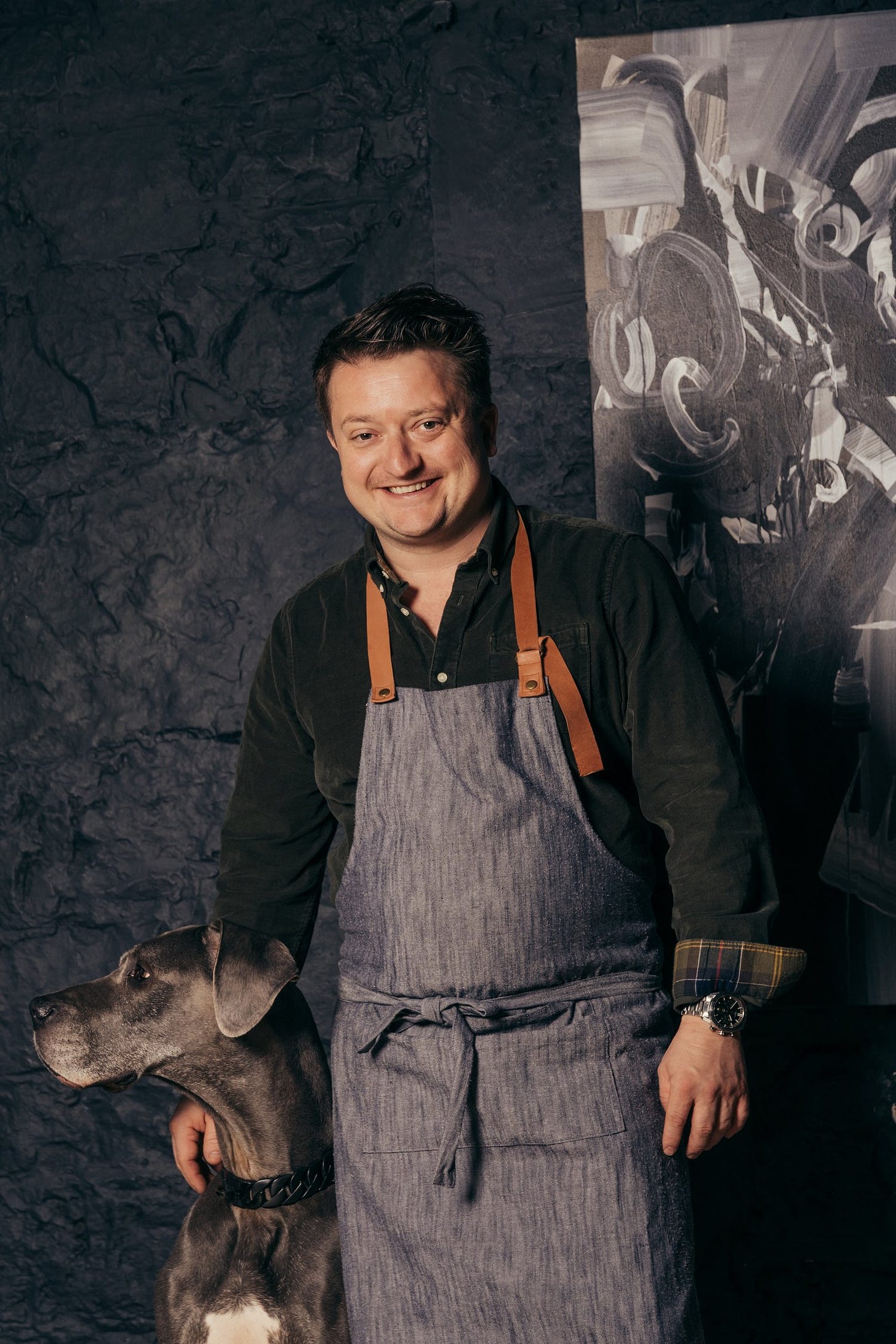The Michelin star effect
How high-class cuisine is helping create a virtuous circle in the Capital
The always entertaining actor Mike Myers had a famous line when he played beat poet Charlie MacKenzie in the Hollywood hit “So I Married An Axe Murderer.”
“My theory,” he said to a waitress, “is that all Scottish cuisine is based on a dare.”
Ah well. Maybe he was stewing too much on the ingredients of a haggis, rather than its delicate and peppery taste. Or perhaps he’d experienced the volcanic impact of a deep-fried Mars Bar on an unprotected mouth, or the infamous chip-shop delicacy, the battered pizza crunch and its artery-clogging potential.
One thing that certainly wasn’t going through his mind was Edinburgh’s fine-dining scene, which is illuminated by a growing galaxy of Michelin stars. Or the fact Scotland’s Capital is now heralded as the UK’s “most exciting food destination” by no less august a foodie organisation than the Good Food Guide.
That recent accolade was swiftly followed by the news two more city restaurants had been awarded coveted Michelin stars – chefs Rodney Wages at The Avery and Stuart Ralston at Lyla - taking the total to seven. That is more than any city outside London and equals the number of starred restaurants in Manchester, Birmingham and Glasgow combined.
Food-loving visitors are big spenders
That’s not just something to make our taste-buds tingle. It is being credited with supporting a growing supply chain of local food producers of excellence, inspiring a new generation of city chefs - and it has an important economic impact too. There is no doubt that having a strong local food offering carries very positive benefits beyond a delicious plate of food.
According to the World Food Travel Association, visitors spend approximately 25% of their travel budget on food and beverages. The figure can get as high as 35% in expensive destinations, and as low as 15% on more affordable destinations. This plays into Edinburgh’s tourist strategy, which seeks to bring higher-spending and business tourists to Scotland’s Capital. Confirmed food lovers also spend a bit more than the 25% average.
With a total spend of £2.3 billion by visitors to Edinburgh and the Lothians in 2023, that would represent a food and drink spend of around more than £500 million per year – a massive contribution to the regional economy.
Dr Gavin Urie is Programme Leader for International Hospitality Management in the Business School at Edinburgh Napier University. “There is a lot of evidence to show that having a high-quality gastronomic offering has a positive on local and regional economies and the awarding of Michelin stars is often regarded as the pinnacle of that gastronomy. And those impacts are not confined to simply restaurants, bars and cafes, but are spread through a significant local supply chain.”
Keep reading with a 7-day free trial
Subscribe to The Edinburgh Inquirer to keep reading this post and get 7 days of free access to the full post archives.




